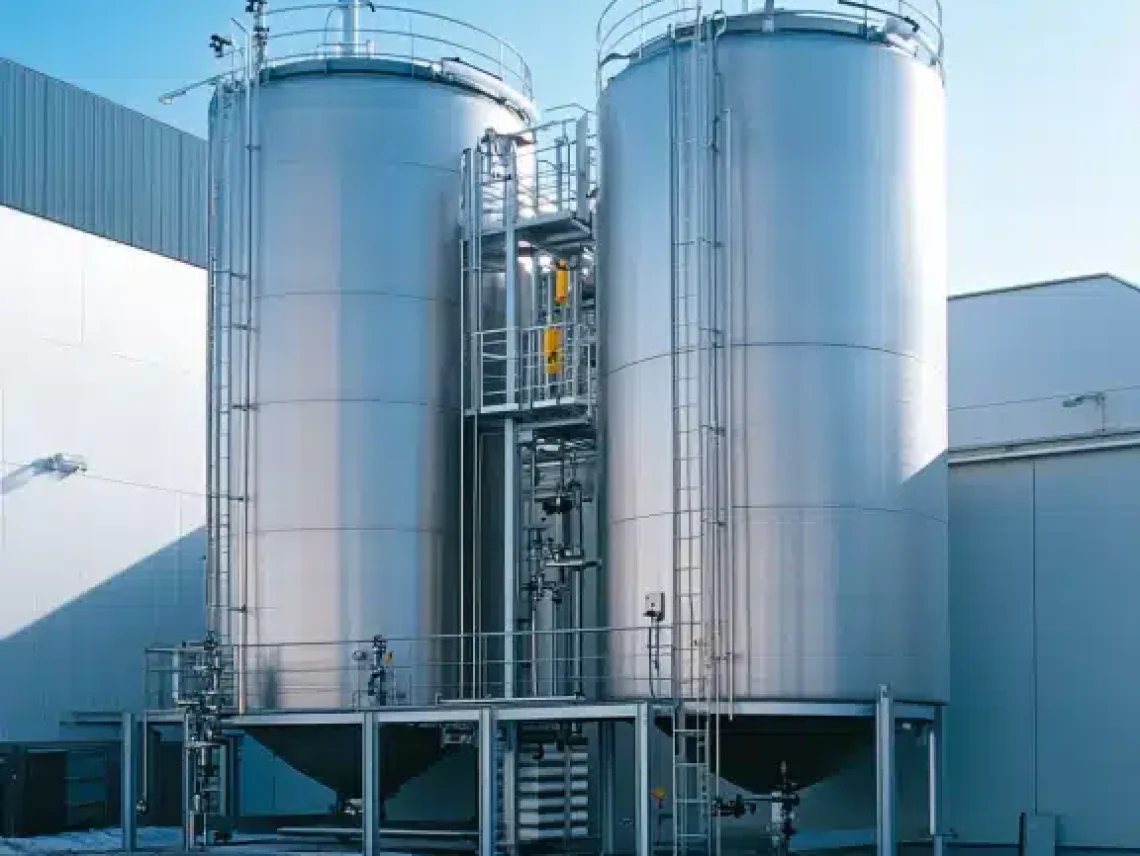
Cryogenic storage is at the heart of modern science, healthcare, and industry, enabling the safe storage and transport of substances at ultra-low temperatures. Whether you’re dealing with liquid nitrogen, oxygen, or argon, mastering the mechanics of cryogenic storage is vital for safety, performance, and regulatory compliance. In this comprehensive guide, we’ll explore the technology behind cryogenic storage tanks, key design features, applications, safety standards, and expert tips—so you can make informed decisions for your operation.
Cryogenic storage involves keeping materials at extremely low temperatures, often below -150°C. These conditions are necessary to store liquefied gases such as liquid nitrogen, oxygen, and argon. Cryogenic storage tanks use advanced engineering—like double-walled construction and vacuum insulation—to maintain these extreme temperatures and ensure the stability of stored substances. You can find more on the fundamentals in our detailed guide on cryogenic storage and this Wikipedia article on cryogenics.
A modern cryogenic storage tank isn’t just a steel container. The core technologies include:
Double-Walled Construction: Provides robust physical protection and helps prevent heat transfer.
Vacuum Insulation: The space between inner and outer walls is evacuated to reduce thermal conductivity, preserving cold temperatures.
Advanced Materials: High-grade stainless steel and specialized insulation materials ensure durability and safety (learn more about cryogenic materials).
Pressure Relief Valves: These are critical for maintaining safe internal pressures, as cryogenic fluids can expand rapidly.
Monitoring Systems: Sensors and gauges track temperature and pressure to avoid dangerous conditions.
Explore more on the technical aspects and requirements in this deep dive into cryogenic equipment.
Cryogenic storage tanks play a pivotal role across diverse industries:
Medical & Research: Storing vaccines, stem cells, and other biological samples in healthcare and labs. Read about applications in this World Health Organization article.
Food Industry: Rapid freezing of meat, produce, and ready-to-eat meals, locking in texture and nutrients.
Aerospace: Supplying liquid oxygen and hydrogen as rocket propellants and enabling scientific research at low temperatures.
For more on the science of cryogenic liquids, visit our guide or Wikipedia’s page on liquefied gases.
Strict standards and best practices are essential for safe, reliable cryogenic storage:
ISO 21009: International standards for design, manufacture, and inspection of cryogenic vessels.
ASME Boiler & Pressure Vessel Code: U.S. guidelines for pressure vessels, including cryogenic storage tanks (ASME overview).
Regular Inspections: Scheduled checks for insulation integrity, leak detection, and valve performance.
Safety Training: All staff must be trained to handle extreme temperatures and pressurized systems.
For practical safety guidance, see our expert tips on cryogenic fluids.
The successful operation of cryogenic storage tanks depends on both technology and know-how. At their core, these tanks are engineered for long-term durability and minimal heat transfer, using techniques such as multi-layer insulation, perlite fill, and sophisticated monitoring. The choice of materials, from stainless steel to high-performance insulation, is vital to resist extreme cold and avoid failures like leaks or cracks.
Maintenance is just as critical: tanks should be inspected regularly for pressure anomalies, worn valves, or compromised insulation. Organizations should follow a routine maintenance plan and document all inspections for compliance. If you’re planning to purchase or upgrade your tanks, always check that the supplier adheres to relevant standards and can provide documentation.
Need more insight into specific vessel types? Explore the versatility of cryogenic vessels or Red River’s guide to liquid nitrogen vessels.
Cryogenic storage tanks are the backbone of countless scientific and industrial advancements. By understanding their mechanics, applications, and safety standards, you can ensure safe, reliable storage of valuable materials—while staying ahead of compliance and technology trends.
Ready to upgrade your cryogenic storage solutions or need expert guidance? Contact Red River today for a custom quote or consultation, and let our team help you achieve safe, efficient, and compliant cryogenic storage.
Cryogenic storage is used to safely store substances at extremely low temperatures, such as liquefied gases, vaccines, and biological samples.
Tanks use double-walled construction and vacuum insulation to minimize heat transfer and maintain cold temperatures for extended periods.
High-grade stainless steel, perlite, and advanced insulation materials are commonly used to ensure safety and performance. Learn more about materials.
Key standards include ISO 21009, the ASME Boiler & Pressure Vessel Code, and local regulations.
Tanks should undergo regular inspections for leaks, pressure issues, and insulation performance—typically every 6–12 months.
Improper storage can lead to leaks, explosions, or loss of stored materials due to temperature rise. See Wikipedia’s safety notes.
No—transport requires specialized cryogenic transport vessels with strict compliance to safety standards. Read more.
Check out our expert tips for handling and storing cryogenic fluids for practical advice.
Cryogenic storage tanks keep materials at ultra-low temperatures using advanced insulation and pressure control.
Strict adherence to safety standards and regular inspections are essential.
Applications range from healthcare and research to aerospace and food processing.
Proper material selection and monitoring systems are crucial for performance and longevity.
Rely on expert guidance and trusted suppliers for safe, compliant cryogenic storage solutions.
In the realm of industrial solutions, Red River emerges as a pioneer, offering a diverse range of custom-engineered products and facilities. Among our specialties is the design and production of Custom/OEM Pressure Vessels, meticulously crafted to meet individual client requirements, ensuring performance under various pressure conditions. Our expertise extends to the domain of prefabrication, where Red River leads with distinction.
The company excels in creating prefabricated facilities, modules, and packages, reinforcing its stance as a forerunner in innovation and quality. This proficiency is further mirrored in their Modular Skids offering, where they provide an array of Modular Fabricated Skid Packages and Packaged equipment. Each piece is tailored to client specifications, underlining their commitment to delivering precision and excellence in every project they undertake.